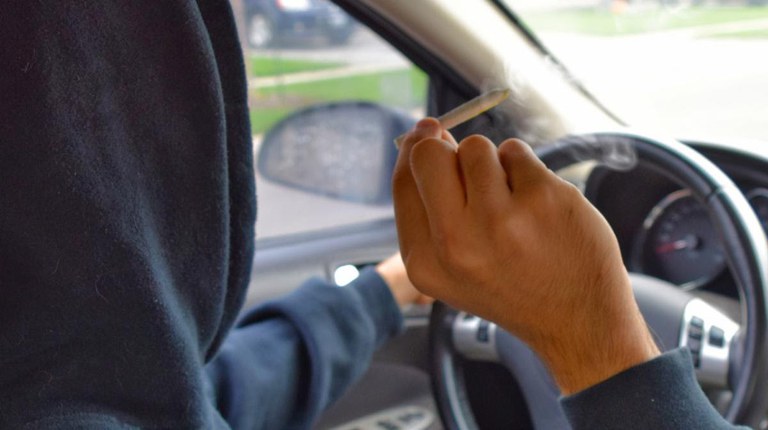New report outlines strategies to address cannabis-impaired driving
Traffic Safety Pulse News
Public perception about cannabis use and safe driving is not the same as how drunk driving is perceived, a new report from the Governors Highway Association (GHSA) found.
The report by GHSA, Responsibility.org and the National Alliance to Stop Impaired Driving provides guidance on how to best convey messages about the dangers of cannabis-impaired driving, including the types of messages that work and don't work.
“As legal cannabis use becomes more widespread in the U.S., motorists need to know the dangers of driving under the influence,” GHSA Executive Director Jonathan Adkins said in a statement. “But that message won’t be heard if it’s outdated, irrelevant or insulting to cannabis consumers."
The report provides lessons learned from education outreach done in Colorado and Washington, the first states to legalize cannabis, as well as more recent efforts in Connecticut and Wyoming.
The report offers recommendations for effective messaging such as working with cannabis industry groups on public education campaigns, partnering with dispensaries to integrate cannabis-impaired driving material to educate consumers about safe marijuana use, leverage people and companies that users trust to make factual safe driving messages, and use language that is consistent with cannabis consumers that is not outdated or focuses on stereotypes. 
“Some of the earliest errors in communicating the dangers of cannabis-impaired driving occurred when campaigns used unflattering stereotypes of cannabis users,” the report said.
The report also recommends allocating a portion of cannabis tax revenue for impaired-driving education programs so public education funds increase as sales increase.
The report comes as more people use cannabis and state legalization spreads. Just 11 years ago, no states had legalized recreational cannabis. Since then, 18 states have made cannabis legal, the report said. In 2019, 18% of people age 12 and older in the U.S. reported using cannabis in the past year, up from 11% in 2002.
While 95% of people say driving drunk is very or extremely dangerous, only 69% believe it is dangerous to drive within an hour of consuming cannabis, according to a AAA Foundation for Traffic Safety survey published last year. However, data from trauma centers showed cannabis was slightly more prevalent than alcohol in drivers killed in crashes during the pandemic. More drivers also tested positive for more than one substance compared to before the pandemic, the report said.
"Ongoing public education on the consequences of cannabis-impaired driving is critically important given the level of misinformation surrounding the impact of cannabis use on driving, as well as the rising rate of cannabis involvement in fatal crashes," the report said.
